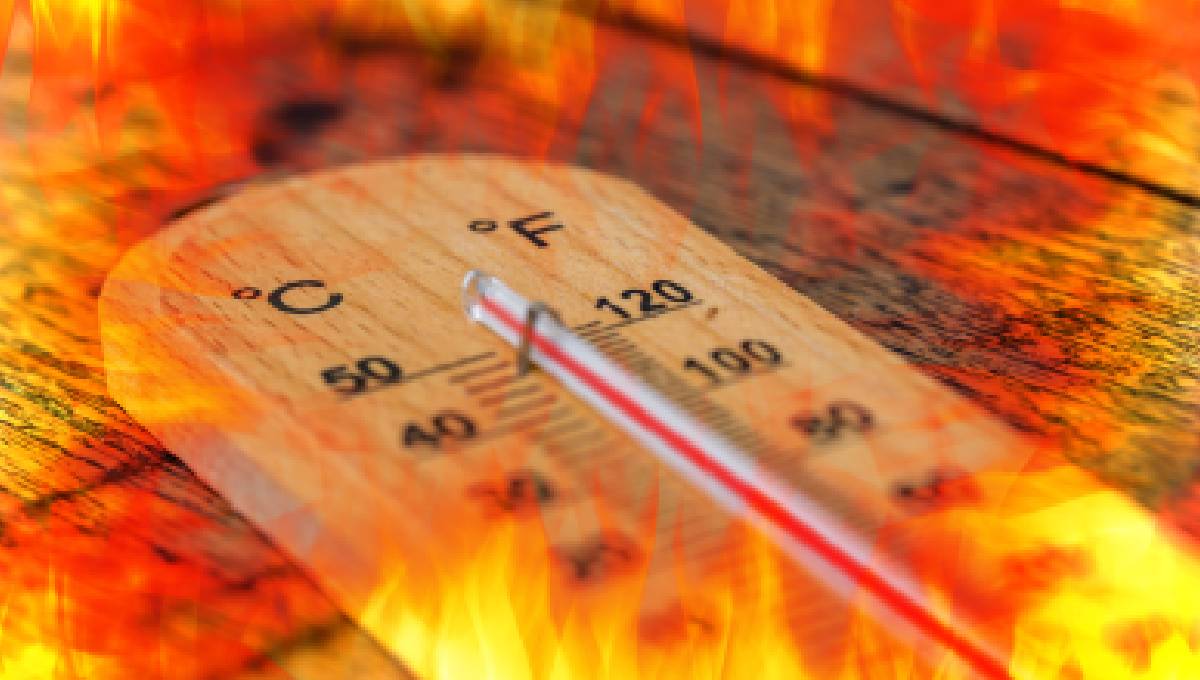“Protection of workers from extreme heat is not just a health imperative but an economic necessity,” World Meteorological Organization (WMO) Deputy Secretary General Ko Barrett said.
The World Health Organisation (WHO) and WMO have published a new joint report and guidance highlighting the growing global health challenges posed by extreme heat to workers.
According to them, many workers who are regularly exposed to dangerous heat conditions are already feeling the health impacts of rising temperatures, in particular, manual workers in sectors such as agriculture, construction, and fisheries.
Additionally, the increase in heat episodes is also leading to health issues for vulnerable populations in developing countries, such as children, older adults, and low-income populations.
“Heat stress is already harming the health and livelihoods of billions of workers, especially in the most vulnerable communities,” said Dr. Jeremy Farrar, WHO Assistant Director-General. “This new guidance offers practical, evidence-based solutions to protect lives, reduce inequality, and build more resilient workforces in a warming world.”
WMO reports indicate that 2024 was the hottest year on record, with daytime highs of over 40°C and even above 50°C becoming more frequent.
Both indoor and outdoor workers are at risk from rising temperatures, as worker productivity decreases by 2-3% for every degree above 20.
Health risks include heatstroke, dehydration, kidney dysfunction, and neurological disorders, all of which hinder long-term health and economic security.
The report and technical guidance by WHO and WMO complement the findings of the recent International Labour Organization (ILO) reports, which highlight that more than 2.4 billion workers are exposed to excessive heat globally, resulting in more than 22.85 million occupational injuries each year.
“This report represents a critical milestone in our collective response to the growing threat of extreme heat in the world of work. Together with WHO and WMO, we call for urgent, coordinated action to safeguard the health, safety, and dignity of the more than 2.4 billion workers exposed to excessive heat worldwide,” said Joaquim Pintado Nunes, ILO’s Chief of Occupational Safety and Health and the Working Environment.












